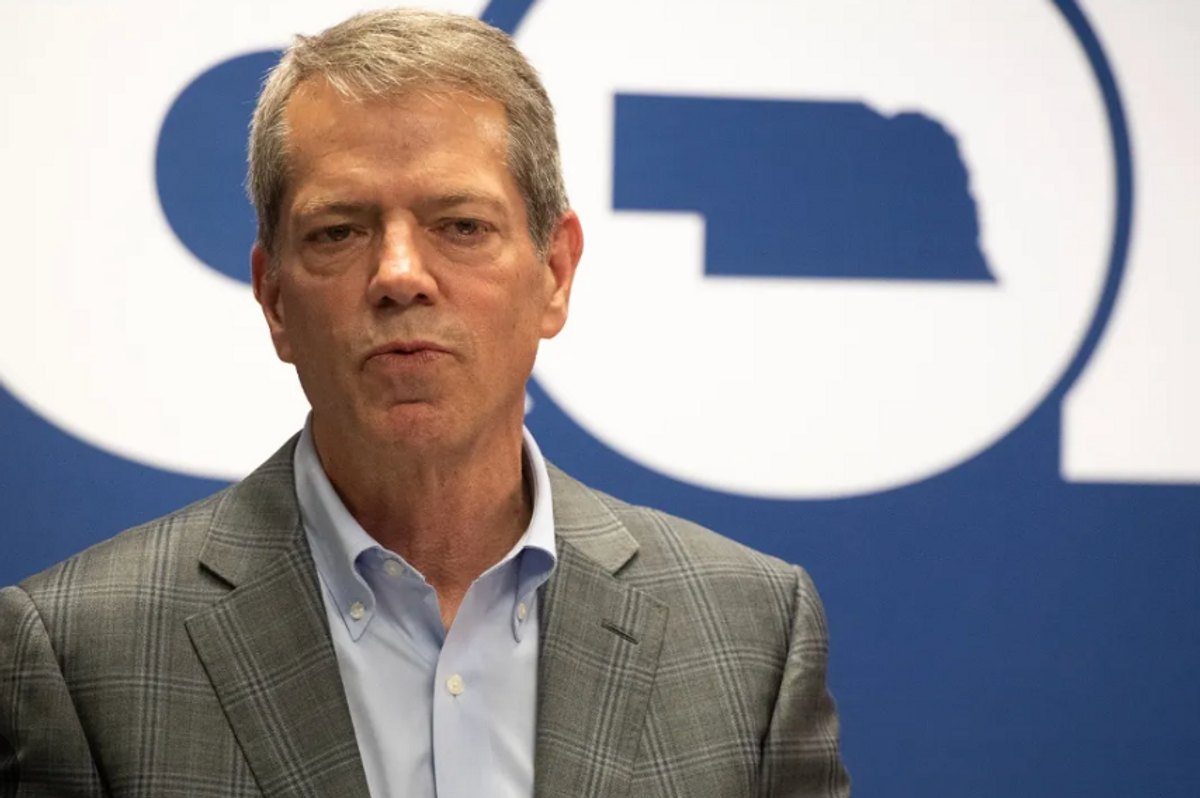Instead of debating whether Obama is responsible for a spending surge, we should ask why anyone expects the ratio of spending to GDP to remain constant in a recession.
There’s a recent debate about whether or not a federal government spending boom has happened on President Obama’s watch. This was kicked off two days ago by Rex Nutting’s post at MarketWatch, “Obama spending binge never happened.” Nutting notes that “federal spending is rising at the slowest pace since Dwight Eisenhower brought the Korean War to an end in the 1950s.” He argues that the 2009 fiscal year, outside the stimulus spending, belongs to President Bush, as it was four months into that budget when Obama entered the presidency. He draws on OMB’s numbers, which you can access here.
As you can imagine, the right wing has gone into action. Here’s “Actually, the Obama spending binge really did happen” by AEI’s James Pethokoukis, which argues that you must look at the government spending as a percentage of GDP to see the increase. Now there’s a technical debate about how to approach the numbers in the 2009 fiscal year, and there’s a fair debate on how to understand the increase in automatic stabilizers, such as unemployment insurance. Do they “belong” to Obama, given that they were already starting up due to a recession that started in December 2007? And then there’s the economic debate: shouldn’t the proper response have been to run a much larger federal government spending program?
But underneath it is an insane debate about an insane idea — that the government should keep a consistent ratio of government spending to GDP in a recession. The attack on Obama is focused on this number without acknowledging the crazy part of what this number actually does in a recession.
Let’s run through a quick example to show why I think this is insane. Imagine a government spends 20 percent of GDP this year, there is no expected GDP growth in the next year, and the government will spend the same exact amount of money next year. And then imagine that GDP drops 2.7 percent for the year, as it did from 2008-2009, for this hypothetical economy.
Now even though there is no additional money spent, government spending as a share of GDP will go up. The number goes up if the numerator increases (governments spend more) or the denominator decreases (GDP falls in a recession). It goes up to 20.6 percent in this hypothetical example. If the government wanted to keep the 20 percent ratio consistent, it would have to cut spending. But in a weak economy, in the middle of a recession, the last thing you want to do is cut government spending — that will make the recession worse, which will decrease GDP further. Then you have to cut government spending even further, which creates a nasty loop.
Federal government spending as a percentage of GDP went from 20.8 percent in 2008 to 25.2 percent in 2009. How much was GDP falling? If GDP had grown 3.4 percent as it had done the year before, instead of dropping 2.7 percent, spending as a percentage of GDP would have gone to 23.7 percent. That means a third of the rise in government spending as a percentage of GDP is a mechanical effect of GDP falling in the Great Recession. And if GDP didn’t fall in the Great Recession, automatic stabilizers wouldn’t have kicked in and there wouldn’t have been the stimulus bill, meaning less spending.
It is worth noting that one reason why the Great Recession wasn’t a Great Depression was likely because of the increased size of government spending in the economy compared to the 1920s. Here’s Josh Mason in a great post:
We always ask, why was the Great Recession so deep? But you could just as well turn the question around and ask why, despite initial appearances, did it turn out to be not nearly as deep as the Depression?I can think of four families of answers….The second answer would be that the sheer size of government makes a Depression-scale collapse of demand impossible, regardless of policy. In 1929, with government final demand only a couple percent of GDP, autonomous spending basically was investment spending, especially if we think at the global level so exports wash out. Today, by contrast, G is significantly larger than I (about 20 vs 15 percent of GDP), so even if private investment had collapsed at the same scale as in 1929-1933, the percentage fall in autonomous demand would have been much less. (And of course that fact alone helped keep private investment from collapsing.) Interestingly, despite Hyman Minsky’s association with stories about finance, this, and not anything to do with the financial system, was why his answer to the question Can “It” Happen Again was, No. Policy is secondary; big government itself is the ballast that stabilizes the economy.
And, for the record, it’s a massive shame that government spending didn’t go up more, reducing unemployment, getting the economy back on track, and ultimately really bringing down the debt-to-GDP ratio.
Mike Konczal is a Fellow at the Roosevelt Institute.


